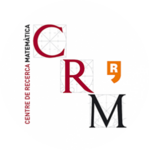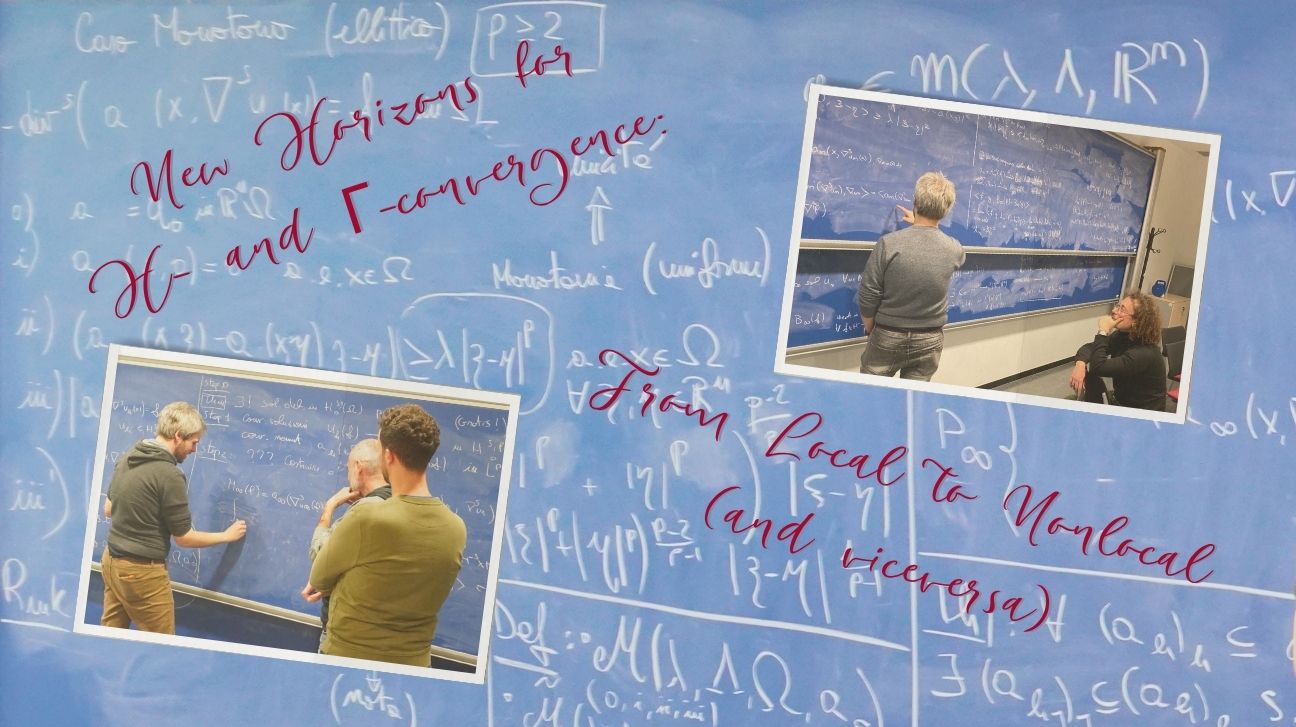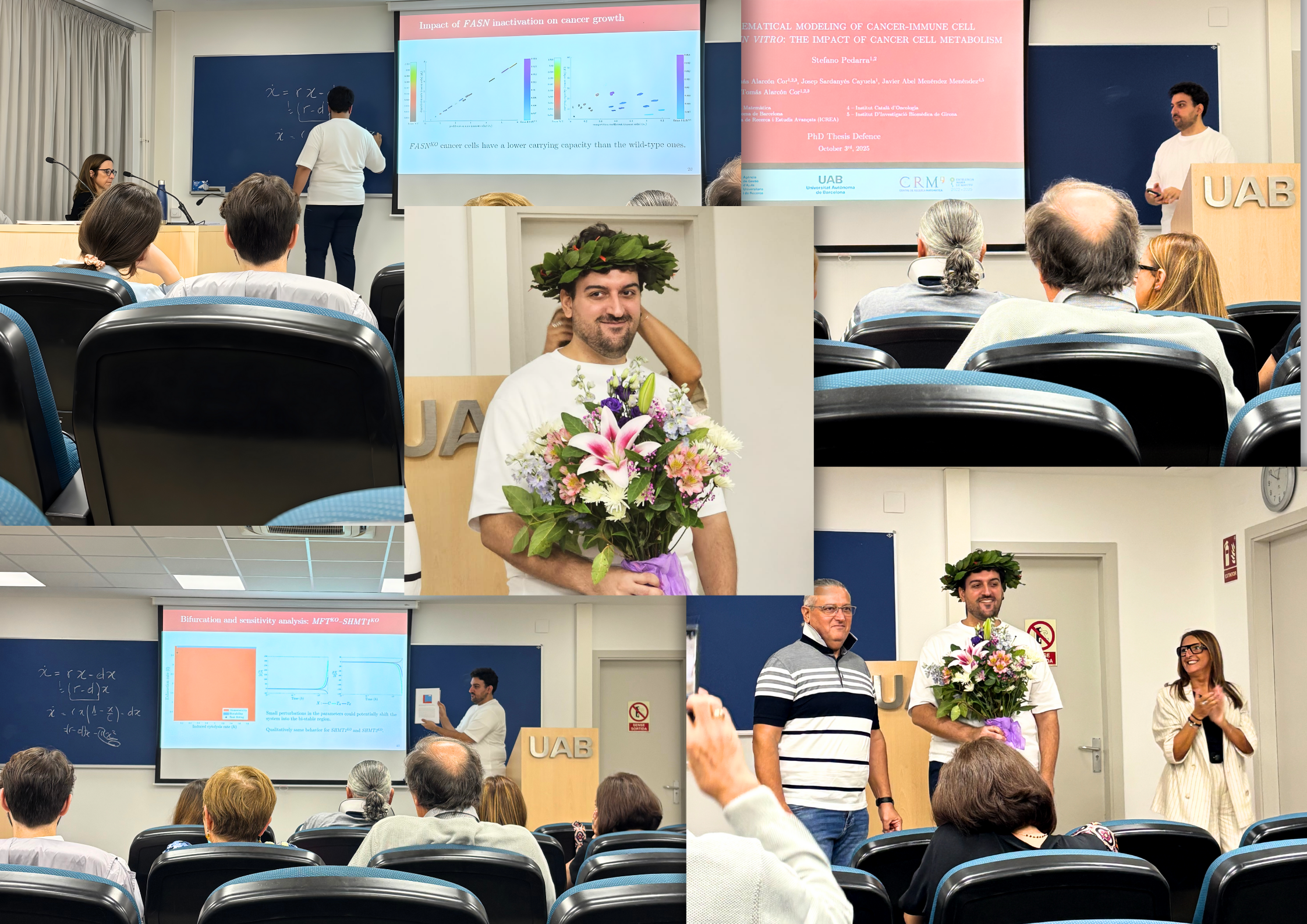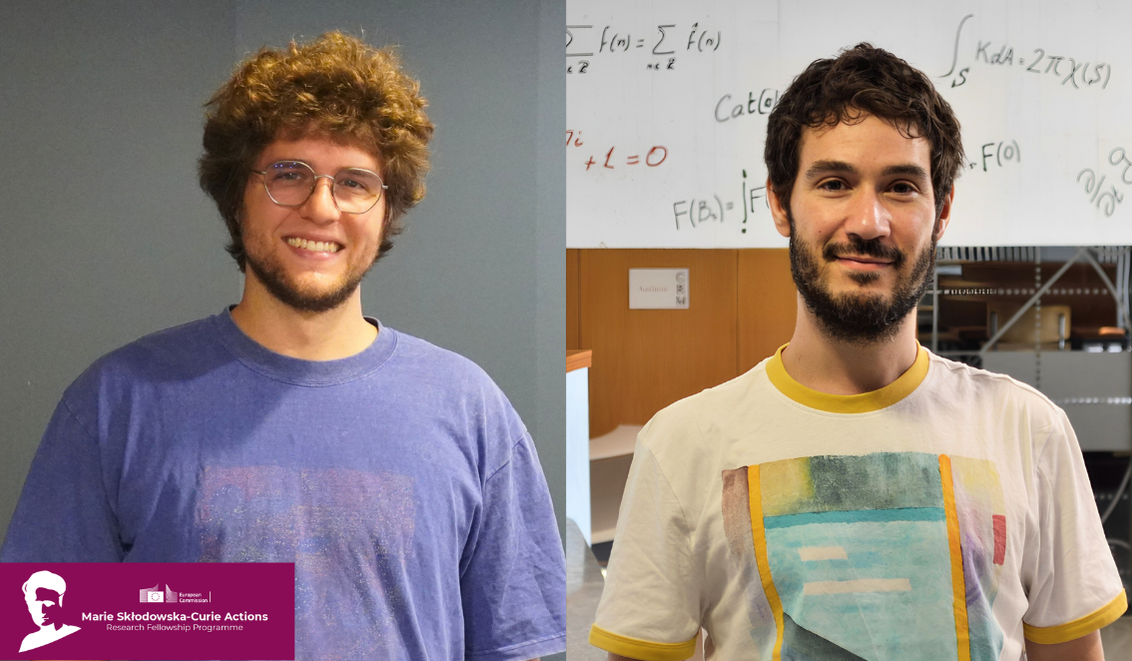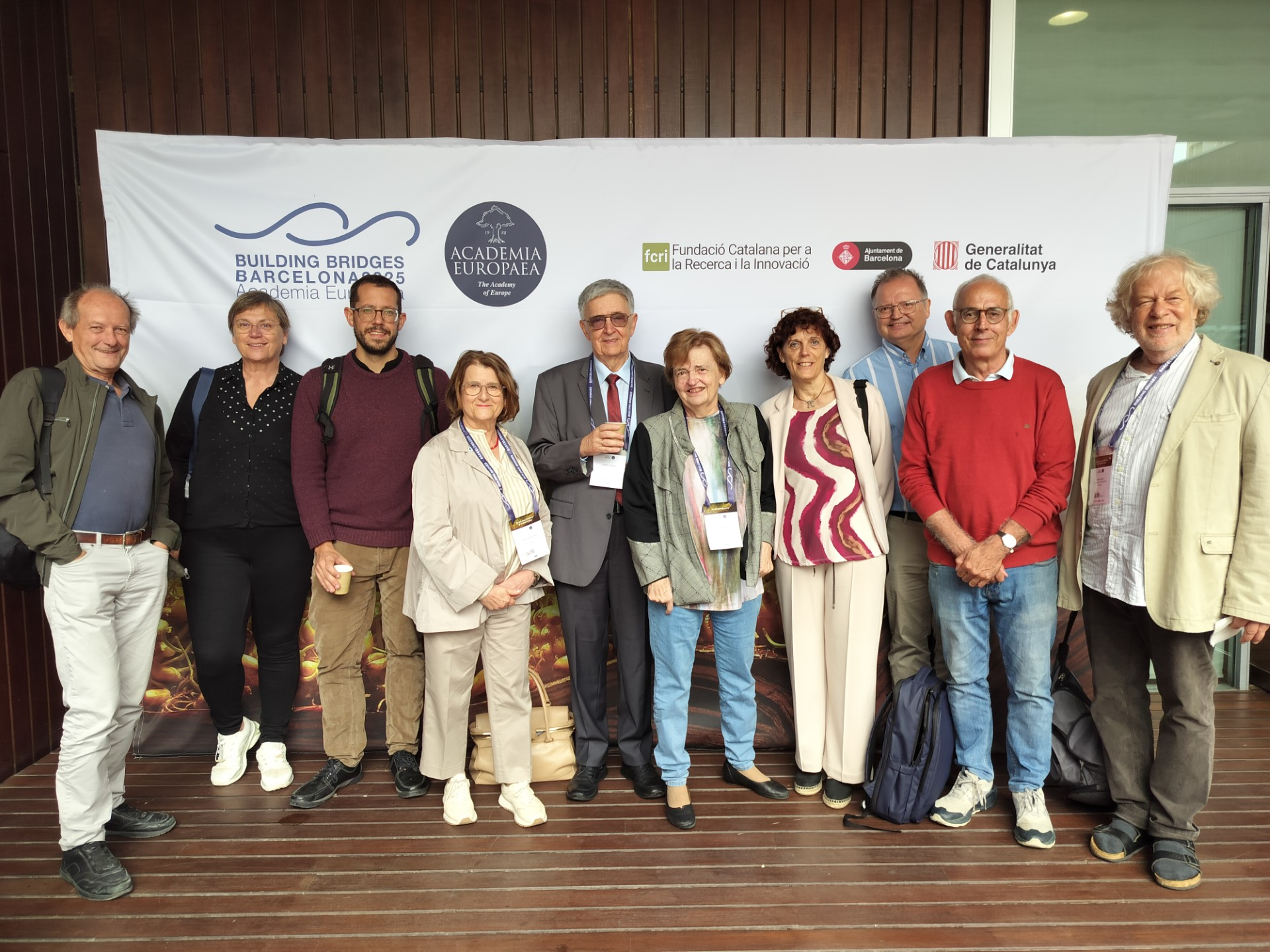
Diego Vidaurre has joined the Centre de Recerca Matemàtica through the ATRAE programme, bringing his expertise in modelling spontaneous brain activity across multiple data modalities. His work focuses on understanding how the brain’s intrinsic dynamics shape perception and relate to behavioural and clinical variables, with a strong emphasis on early stages of neurodegenerative disease.
Diego Vidaurre has joined the Computational and Mathematical Neuroscience group at the Centre de Recerca Matemàtica, supported by the Programa ATRAE. This national initiative brings internationally recognised senior researchers back to Spain after substantial careers abroad, to strengthen the Spanish scientific system through long-term leadership.
Vidaurre’s path to neuroscience began elsewhere. He completed his doctorate in computer science and statistics at the Universidad Politécnica de Madrid in 2012, then moved to Oxford for seven years of postdoctoral work in computational neuroscience. Positions in Osaka and Aarhus followed, where he rose to professor and built his own research group. Along the way, his focus shifted. “Statistics and machine learning were interesting as goals on their own,” he explains, “but I was even more interested in using them as tools for understanding. At the time, I thought neuroscience would be the science of the twenty-first century, the way physics and genetics were in the twentieth. Today I am a bit more sceptical, but the brain remains the most fascinating thing there is.”
“The brain remains the most fascinating thing there is.”
His group, currently split between the CRM and Denmark, operates along three intertwined lines. The first is methodological: developing and implementing pipelines for analysing functional brain data. The second is basic research, focused on understanding the role of spontaneous brain activity, that constant inner hum that never quite switches off, and how it shapes perception. The third is applied, examining how individual differences in these patterns relate to early markers of dementia.
At the CRM, Vidaurre will lead the project A new integrative statistical framework to connect symptoms to mechanisms in brain disease. The challenge is both technical and conceptual in nature. Understanding the brain through any single imaging modality, he notes, is like “trying to understand what research is being done at the CRM by looking from the outside through a frosted window.” Each technique reveals only a sliver of the full picture. The hope is that combining these partial views can compensate for the blind spots of any one method. His project aims to push that integration further, developing statistical tools capable of merging multiple data sources to reveal the earliest stages of Alzheimer’s disease.
The decision to come to Barcelona had personal roots. Vidaurre wanted to be closer to his mother and raise his daughter here. But the scientific reasons carried equal weight. “Barcelona brings together a critical mass of neuroscience and applied mathematics at a top international level,” he says. “And in particular, I think that the CRM, being a centre specifically focused on mathematics, can enrich me a lot in that part.”
His arrival strengthens Barcelona’s growing computational neuroscience ecosystem and opens new collaborative paths within the CRM and across nearby institutions. The CRM is delighted to welcome him.
|
|
CRM CommPau Varela
|
Xavier Ros-Oton among the 65 most cited mathematicians in the world
ICREA professor at the Universitat de Barcelona and CRM affiliated researcher Xavier Ros-Oton appears on Clarivate's Highly Cited Researchers 2025 list, which this year reinstates the mathematics category after two years of exclusion.Citations are a strange way to...
New Horizons for H- and Γ-convergence: From Local to Nonlocal (and viceversa)
The researchers Maicol Caponi, Alessandro Carbotti, and Alberto Maione extended the H- and Γ-convergence theories to the setting of nonlocal linear operators and their corresponding energies. The authors were able to overcome the limitations of classical localization...
El CRM a la Setmana de la Ciència: una ruta entre dones, formes i pensament
El CRM va participar en la 30a edició de la Setmana de la Ciència amb una ruta guiada que va combinar les biografies de dones matemàtiques amb obres d'art del centre, connectant ciència, història i creació artística.El 12 de novembre, el Centre de Recerca Matemàtica...
Stefano Pedarra Defends his PhD Thesis on the Interaction between Tumour Cells and the Immune System
Stefano Pedarra has completed his PhD at the Centre de Recerca Matemàtica with a thesis exploring how tumour-cell metabolism shapes the immune system’s ability to fight cancer. His work brought mathematics and biology into direct conversation, from building models to...
Els estudiants participants a la prova de preselecció de Bojos per les Matemàtiques visiten el CRM
La prova de preselecció de Bojos per les Matemàtiques va reunir estudiants de tot Catalunya a la UAB i al CRM, amb presentacions a càrrec de Montse Alsina, presidenta de la Societat Catalana de Matemàtiques, Núria Fagella, degana de la Facultat de Matemàtiques i...
Jordi Mompart highlights the role of artificial intelligence in sport at the XIII GEFENOL-DIFENSC Summer School
The XIII GEFENOL-DIFENSC Summer School gathered over thirty researchers from across Europe to explore how statistical physics helps explain complex phenomena in biology, ecology, networks, and social systems. In his closing lecture, Jordi Mompart (UAB) examined how...
Critical Slowing Down in Genetic Systems: The Impact of Bifurcation Proximity and Noise
An international collaboration including researchers from the Centre de Recerca Matemàtica (CRM) has shown that when several bifurcations occur close to one another, their interaction can dramatically amplify critical slowing down effect - the progressive slowdown of...
Two CRM researchers begin their Marie Skłodowska-Curie fellowships
Gustavo Ferreira and Tássio Naia, CRM postdoctoral researchers and new Marie Skłodowska-Curie fellows. Gustavo Ferreira and Tássio Naia, who joined the CRM in 2023 through the María de Maeztu programme, have started their Marie Skłodowska-Curie postdoctoral...
Matroid Week at CRM: A Collaborative Dive into Combinatorial Geometries
From October 13 to 17, 2025, the CRM hosted Matroid Week, a research school on combinatorial geometries and matroid theory. Courses by Laura Anderson and Geoff Whittle explored intersection properties and structural emergence in matroids. The event fostered deep...
László Lovász receives the 2025 Erasmus Medal in Barcelona
Mathematician László Lovász received the 2025 Erasmus Medal from the Academia Europaea yesterday at the PRBB in Barcelona, where he delivered the lecture “The Beauty of Mathematics”. Renowned for his work in graph theory and discrete mathematics, Lovász has shaped...
Combinatorial Geometry Takes Shape at the CRM
For one week in early October, the Centre de Recerca Matemàtica became a meeting ground for the world of combinatorial geometry. The Polytope Week research school gathered more than fifty participants from three continents to study the interplay...
Learning the Language of Complexity: XIII GEFENOL Summer School Highlights
From October 6–10, 2025, the Centre de Recerca Matemàtica hosted the XIII GEFENOL-DIFENSC Summer School, bringing together young researchers and leading experts to explore the role of statistical physics in understanding complex systems. The program featured courses...

